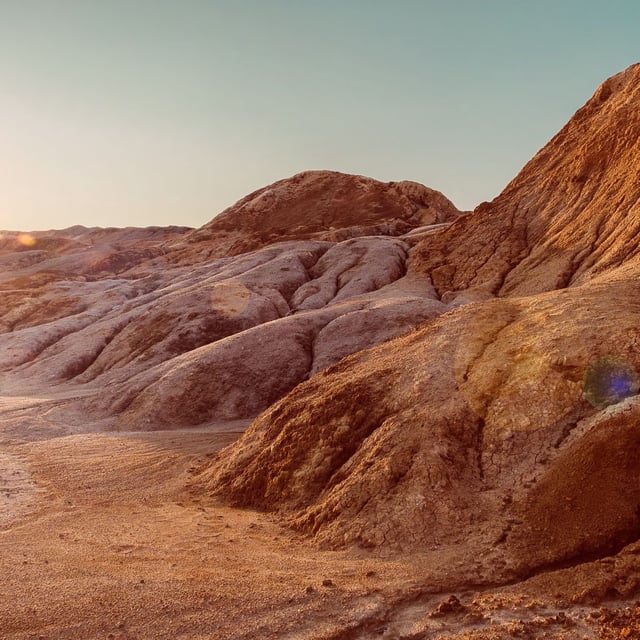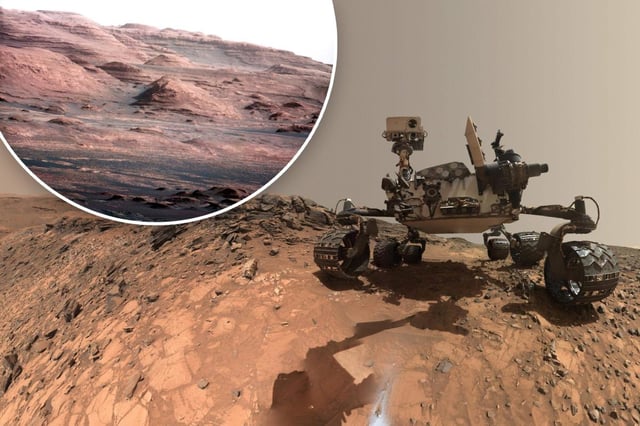Overview
- NASA's Curiosity rover has identified siderite, an iron carbonate mineral, at multiple depths in Gale Crater using X-ray diffraction analysis.
- This discovery suggests that Mars’ crust contains more sequestered carbon than previously estimated, supporting theories of a once-thicker CO₂-rich atmosphere.
- Siderite, which forms under specific conditions involving water, iron, and carbon dioxide, indicates the presence of calm, water-rich environments in Mars’ past.
- The findings contribute to evidence of active carbon cycling and liquid water on ancient Mars, factors crucial for assessing its past habitability.
- Researchers are now investigating other sulfate-rich regions on Mars for similar carbonate deposits, which could further reveal the planet’s atmospheric history.



